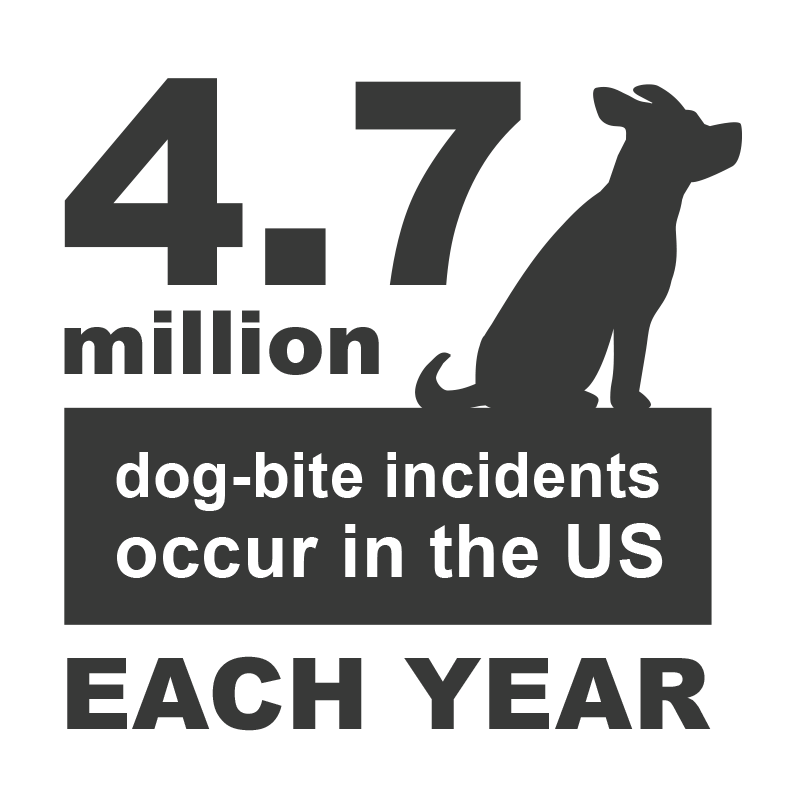Driving in the snow can be tremendously dangerous and complicated, so it’s vital to prepare yourself before heading out on the road.
Whether it’s sleet, ice, hail, or snow, winter weather conditions can make it difficult to drive safely. Preparing yourself and your vehicle will make all the difference. Read on to learn more.
Be Prepared
Preparation is the biggest key to safety regarding driving in the snow. Here are a few car parts that you should regularly inspect during the winter:
- Tires – When the temperature drops, so does tire inflation pressure. Regularly check that your tires are filled to the vehicle manufacturer’s recommended inflation pressure. Remember, the number listed on the tire itself is the maximum pressure the tire can hold, not the recommended pressure for your automobile.
- Car battery – In cold weather, it takes more battery power for engines to start. We recommend having a mechanic check your battery as the temperature starts to drop so you don’t end up stranded somewhere.
- Lights – It’s always essential to have working lights on your vehicle, but they’re especially urgent during snowy driving conditions. Routinely check that your headlights, brake lights, turn signals, and emergency flashers are working properly.
- Windshield wipers – Since you rely on your wipers almost every day in the winter, it’s a good idea to keep an extra set in your trunk for emergencies. Also, check your vehicle’s wiper fluid reservoir often to make sure that it’s full of high-quality winter fluid.
- Cooling system – Coolant is another essential tool in the winter. Make sure you have enough of it in your car and that it meets the manufacturer’s specifications.
- Gas tank – Keep your gas tank above half full whenever possible during the wintertime. You never know when a storm might hit that will impede your travel plans and double your driving time.
Plan Your Route
Before leaving your house, look up the traffic and weather reports. Understanding the road conditions will help you travel wisely and safely.
Slow Down
In 2019 alone, there were an estimated 182,000 police-reported crashes that occurred in wintry conditions. The best way to keep yourself out of this statistic is to slow down. It’s much harder to control your vehicle on slick, snow-covered surfaces. With the lack of traction, it can be incredibly hard to stop as well. To combat this, drive gently and under the speed limit.
Increase Your Following Distance
Since it can be tremendously difficult to stop your car on a slippery road, it’s important to double your usual following distance. A good rule of thumb for bad weather conditions is to maintain at least a six-second following distance.
Exercise Caution Around Snowplows
Snowplow drivers focus on clearing roadways quickly and safely. At the same time, these vehicles are huge so it might be difficult for them to see you in their peripheral vision. Avoid driving next to a snowplow whenever possible to avoid getting in their way, being hit with flying snow, or getting into an accident.
Flickinger • Boulton • Robson • Weeks Is Here for You
If you’ve been involved in an accident while driving in the snow, the personal injury lawyers at Flickinger • Boulton • Robson • Weeks are here to help. With over 25 years in the industry, we are prepared to help you deal with the aftermath and fight for your legal rights.
We serve Utah County and Salt Lake County residents and have offices in Provo and South Jordan, Utah. Reach out today to get started.

